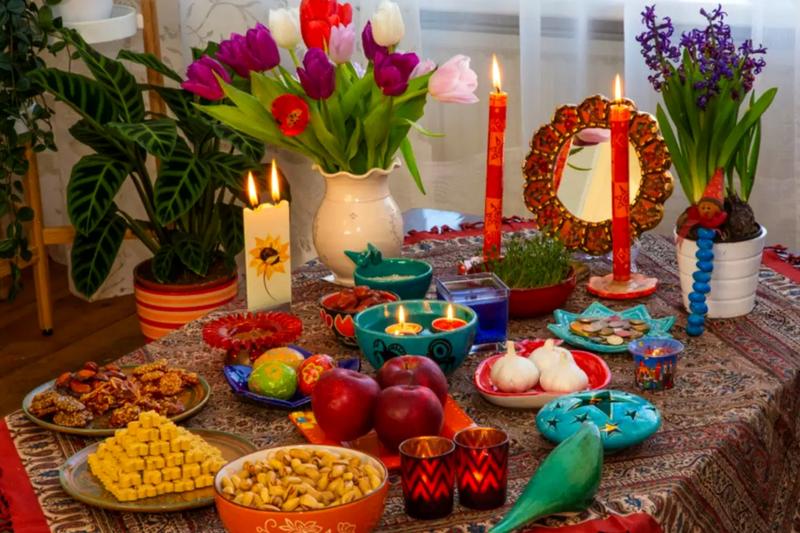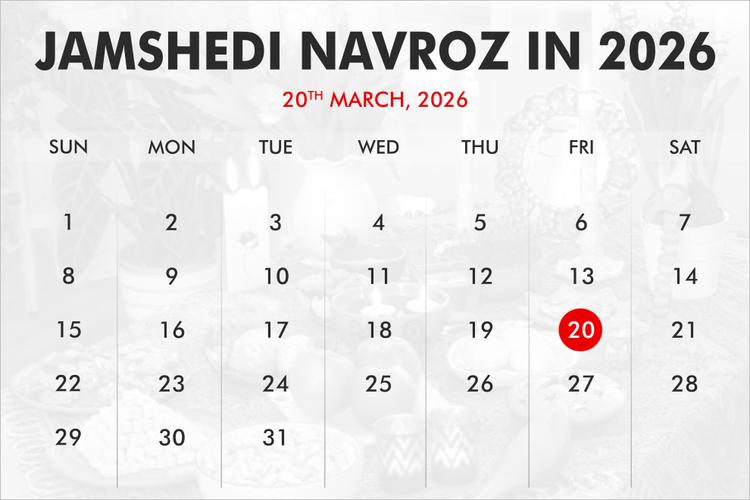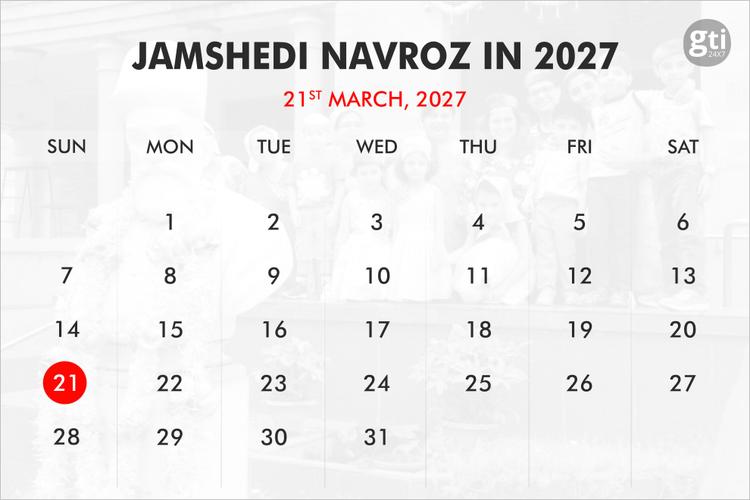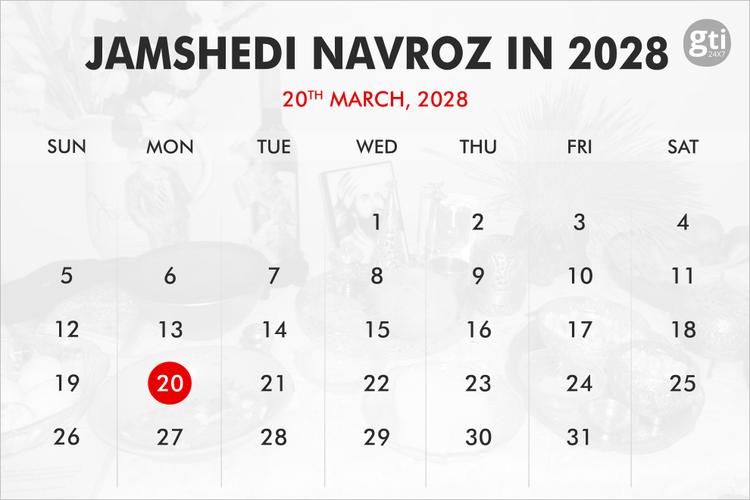Zoroastrian calendars are mainly of three types:
1. The Fasli or Bastani Calendar
Fasli means seasonal and is also known as Bastani meaning traditional calendar. The Fasli calendar connotes the thousand-year-old Zoroastrian texts of the Bundahishn and the Dinkard, a method followed before the Arab invasion of Iran. This is one of the most important festivals in the Zoroastrian calendar which commemorates the birthday of the Zoroaster. All the Zoroastrians gather in several Fire temples for prayers during this joyous festival celebrating this gala event.
2. The Shenshai Calendar
Shenshai often called ‘Shahenshahi’ meaning imperial is another popular festival of the Zoroastrian calendar. This special day is celebrated worldwide commemorating the advent of the Zoroastrian New Year. Parsis also call this calendar 'rasimi' meaning traditional or 'sharshar' of uncertain meaning.
3. The Qadimi Calendar
Qadimi was the name given to the calendar used by the Zoroastrians in Iran after the Arab invasion of Iran. Qadim is an Arabic word meaning 'old'. The Qadimi calendar was instituted in India by some Parsees of Surat in the mid-1700s in a wise attempt to reconcile the different calendars used by the Parsees and Iranian Zoroastrians.
The Parsi New Year is a regional holiday celebrated on the first day of the Zoroastrian calendar’s first month, Farvardin. It is also known as Navroz, which is derived from ‘nav’ and ‘roz’, meaning new and day respectively in Persian. The festival falls every year on Spring Equinox around 21st March, but the Parsi community in India follows the Shahenshahi calendar and thus celebrates their new year later in July or August. According to legends, this 3000-year-old Zoroastrian tradition – the Parsi New Year holiday was created by Prophet Zoroaster. It was celebrated by the followers of Zoroastrianism in Persia (now Iran), who migrated to places like Gujarat in India in the 7th century owing to the Islamic invasion. Although the festival originated in Persia, it is celebrated with much fervor in many Indian states. The day is also referred to as Jamshedi Navroz after the Persian King Jamshed who founded the Parsi calendar.
Jamshedi Navroz is celebrated by buying new clothes and flowers, especially hyacinths and tulips. Parsis clean their house and beautifully decorate it with fresh flowers and colorful rangoli. It is often sprinkled on guests to welcome them on this auspicious day. They are even offered faluda as a welcome drink. On this day, the Parsis visit their sacred Fire Temple after breakfast to perform a prayer known as the Jashan. This prayer is performed to express gratitude to the Lord.
Jamshedi Noruz (Qadimi) is a Persian festival celebrated widely in India where people get together to celebrate and enjoy the joviality of this wonderful festival. Nowruz, the Iranian and Zoroastrian New Year's day is celebrated widely through several rituals, traditions, and events. Rich in symbolism this day is celebrated with huge pomp and show. The very essence of celebrating this noble festival gets completed through one's promise to become a better human being.
Since it marks the beginning of a new year people wear new clothes gearing up for a new beginning and rejecting all the evil aspects of their life. A very common ritual of this carnival makes people jump over the fires singing their traditional song in order to purify their souls. Moreover, putting some coal, salt, and a small coin into a small vase to break it on the rooftop is another customary ritual among the Zoroastrians. These are symbols of bad luck, evil eye, and poverty which are made to break allowing all the unholy and wicked things to leave their lives. Last but not least food and feast are the ultimate mode of celebrating this festival of joy and fun spreading immense love and happiness in the atmosphere. Exchanging gifts among loved ones has been used as a very common custom for ages in this festive mood.





